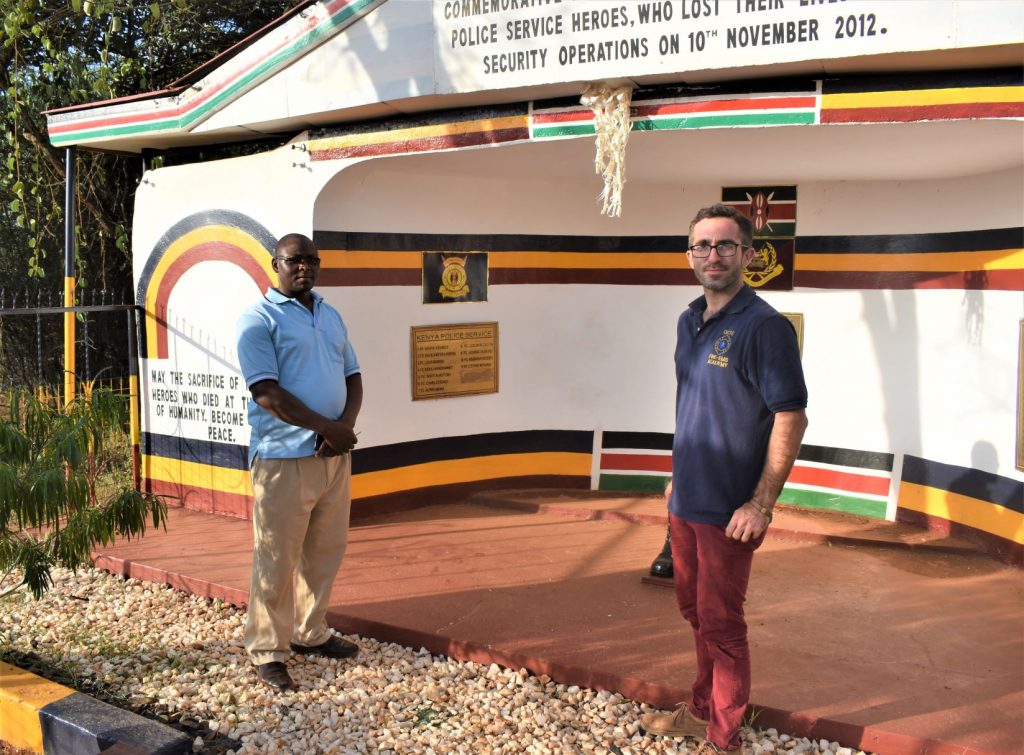
In 2012 a massacre of 42 police occurred outside of the small village of Nachola, approximately 20 kilometers outside of Baragoi, Kenya. This massacre happened for a myriad of reasons, from perceived heavy-handed policing techniques to political incitement. Regardless of the rationale, the weight of the past remains heavy on the shoulders of the former trading village of Nachola.
This was the setting for the Holiday Peace Exchange Program, part of the larger Children Peace Initiative and Zivik funded project in Baragoi. One month earlier, CPI Kenya initiated its project with the Children Peace Camp in the village of Bendera, a village within the Samburu community. The Holiday Peace Exchange was a continuation of the peace project, and now brought the children to a Turkana community. The program focused on reinforcing the friendships and providing classes on conflict mitigation. Importantly, the program gave the student beneficiaries from the Samburu communities the opportunity to visit the homes and families of their friends in Nachola.
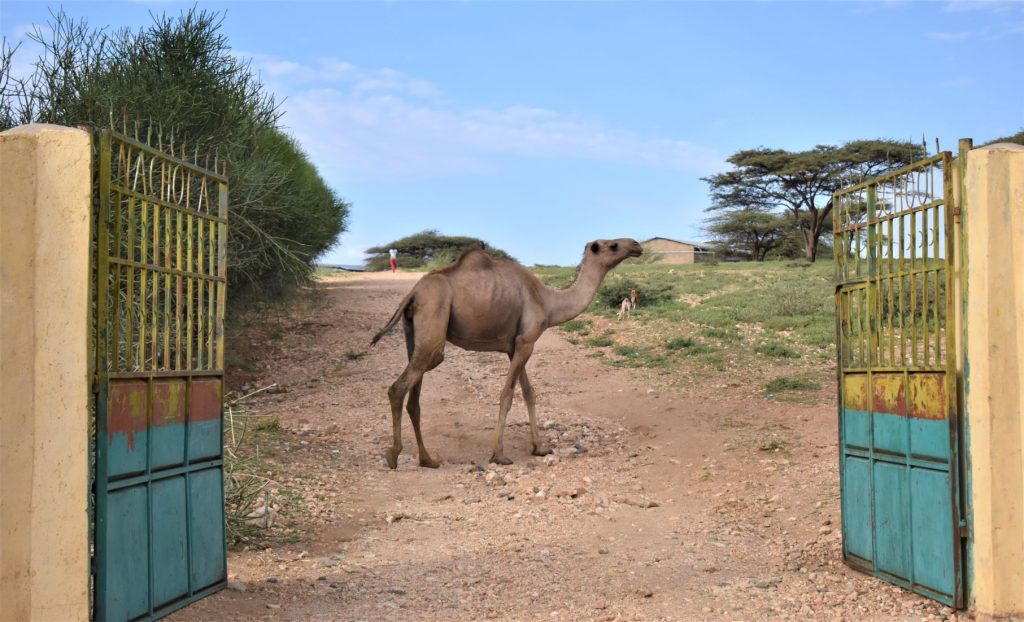
I accompanied four pairs of friends on these home visits. Students from Nachola introduced their new friends for peace to their parents for the first time. While the children from the Samburu communities learned a lot about the Turkana people and their lives through these visits, I had the opportunity to assess the potential impact of the project through conversations with their parents.
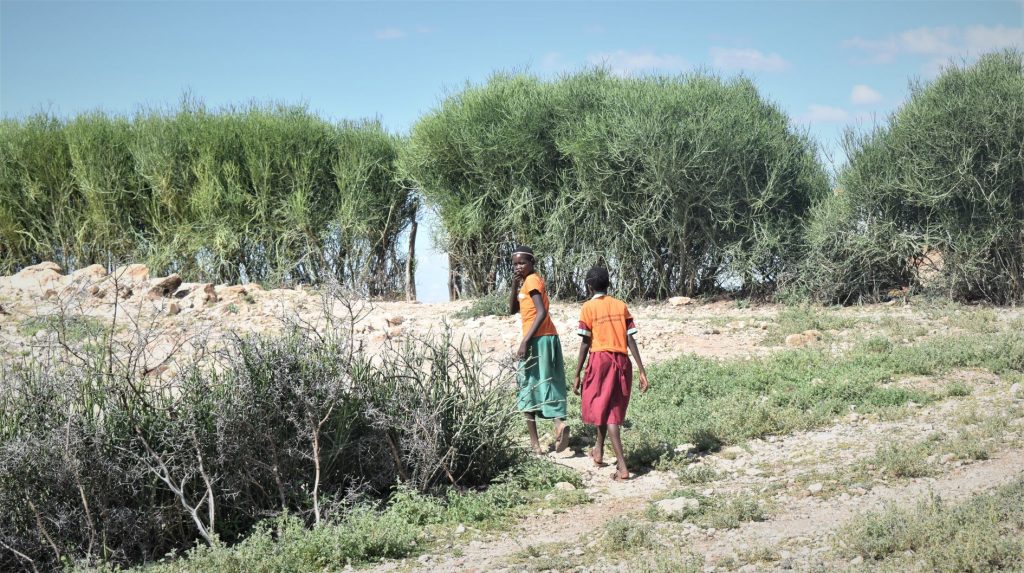
I started by accompanying Carolina Erupe to her home with her friend Elizabeth Leitoro (from the Samburu community of Ngilai). After traversing a cattle path that weaved through the rocky outcropping that divided the village in half, we arrived at the house of her guardian, Samwella. Carolina’s guardian was young, at least five to ten years younger than me, and had friendly eyes. She quickly welcomed us in to sit at a small coffee table and spend a few minutes talking.
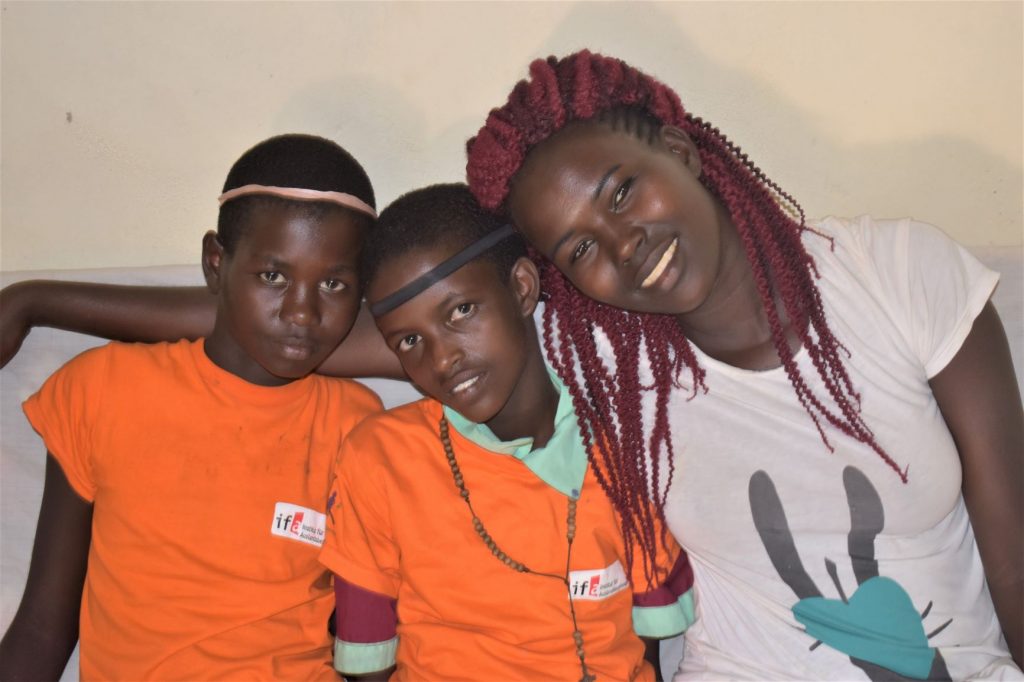
Samwella was, in fact, too young to remember the days before the conflict. Despite this fact, she held no harsh feelings towards the other community and was delighted by Carolina’s new friend. As she looked at the two friends, I felt her sincerity when she told me that she wished for things to return to the way it was in a fabled past. Unfortunately, after less than half an hour, with our conversation was constantly interrupted by the giggling of the two friends and sensing Samwella’s impatience to return to cooking, I decided to visit the next family.
As I backtracked over the cattle path towards the next three houses, I recalled my past conversations with local elders in Nachola. The recent history of the village (one that Samwella and younger residents only know from nostalgia of those older than her) was one of devastating change in a short time. In less than a year, following the intensification of inter-ethnic hostilities in 1995, all of the people of the Samburu community fled Nachola. This exodus eventually led to ethnic segregation that persists with its unofficial line of demarcation being the main north-south road running through the town of Baragoi.
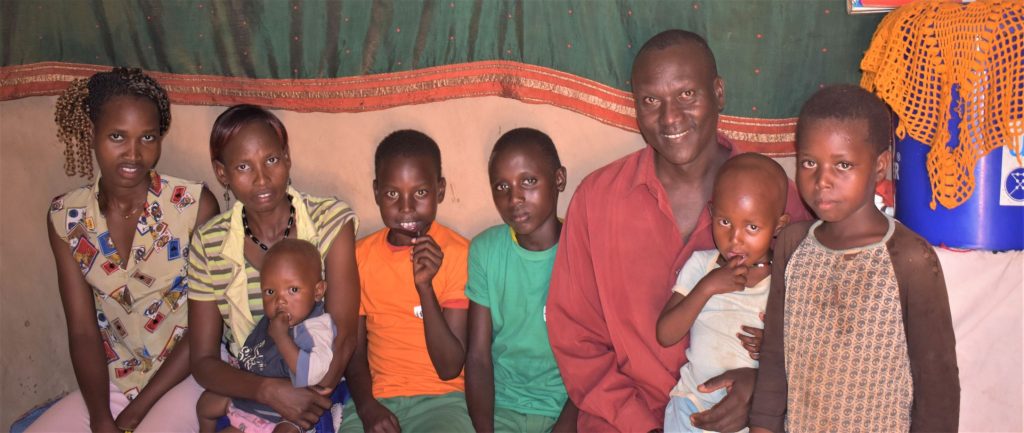
I soon arrived at the house of Mike Alex. He stood at the door with his friend Samwuel Lekuye (of Bendera village, a Samburu community) and his father aggressively waving me inside. The house was hot, almost stifling. I noticed a pot of potatoes boiling in the corner of the main room and concluded that must be the source of my discomfort. After using the back of my arm to clear the sweat from my eyes, I sat down and spoke to Mr. Alex and his wife, Susan. Mike’s father, Mr. Alex, quickly showed his excitement for the peace program. He explained his memories of life in Nachola and around Baragoi before the conflict as “we were comfortable with each other… I could sleep at Samburu houses during long safaris and let them look after my livestock,” and believed that CPI Kenya had the potential to bring such memories back to life.
But what caused such an integrated community to divide so violently?
When I asked Mr. Alex why and how the situation changed so quickly, he recounted how neighborly envy and small infractions would spiral out of control. The response was equally brief and profound, “one animal leaves, and small things build when a Samburu doesn’t return [it]”. His answer gave me insight into his great situational awareness of the conflict as well as into his possible prejudice against the Samburu community as instigators to the conflict.
As I left to go visit the next house, I contemplated all the narratives that I had heard. Despite the insights provided by Mr. Alex, I remained perplexed to how a community that remained integrated decades, if not centuries, suddenly and unceremoniously cleaved into two.
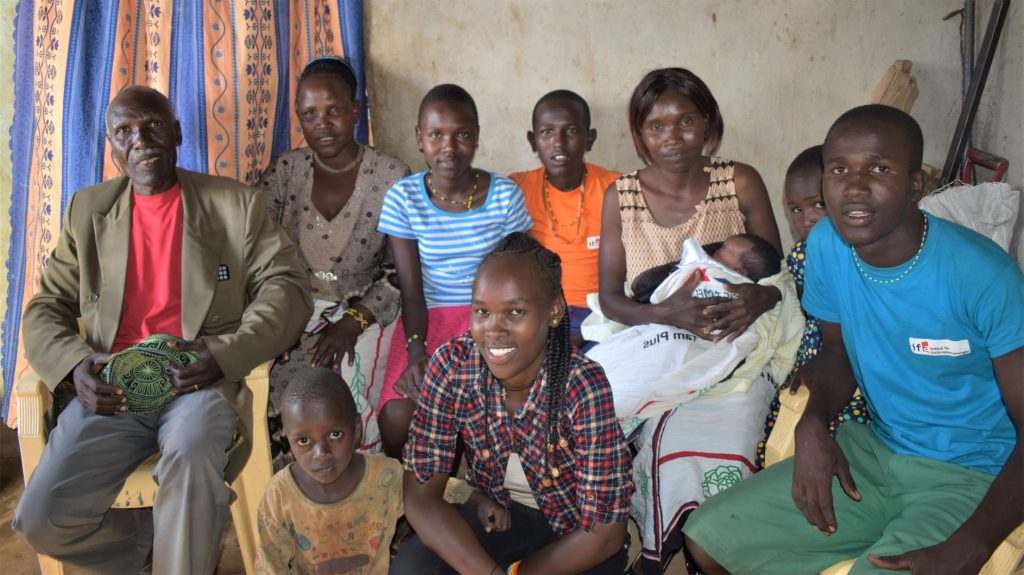
The next house was only a few paces down the main road (a rough road that clearly had not be scrapped in a couple years). Albino Lokarach, the son of the Senior Chief, Mr. Christopher Lokarach, spotted me coming towards his house and quickly ushered me inside. Within the house, his friend from Simiti village (a Samburu community), Stephen Leswakeri, was seated next to the chief and Albino’s mother. They offered me a chair and a cup of tea as we began our conversation about the peace program. Chief Lokarach excitedly proclaimed, “now we can begin to build the relationships that are necessary to return our community to how it was,” also adding, while looking at Stephen, “I have someone to give a goat, and build the connections that will allow us to grow together.”
While I remained inspired by the complements of the program, I couldn’t shake the question of how the village had changed to drastically. So, following Chief Lokarach’s take on our peacebuilding efforts, I posed the question of how the conflict began. His answer was quick and was accompanied by a smile.
“The politicians… to gain votes, politicians stoked the conflict.”
Following this assertion, the Chief recalled a quote from a Samburu politician, where in a speech the politician asserted that “here is Samburu County, the grazing lands of the Samburu people… and over there are Turkana lands, they should leave.”
Following my conversation with Chief Lokarach, I walked to the next house with a slight feeling of hopelessness. How can we truly help these communities come together when conflict occurred so suddenly and has been reinforced by profiteering politicians? Mwalimu Boniface, who accompanied me (knowing that I didn’t know the way to the last house) saw that my mind was running in circles and told me to remember that all three of these past families said that CPI Kenya was doing something different. Children Peace Initiative Kenya was actually working with these communities in a way that excited the residents. Previous programs had not received such acclaim. CPI Kenya was not only preaching peace, it was showing the way.
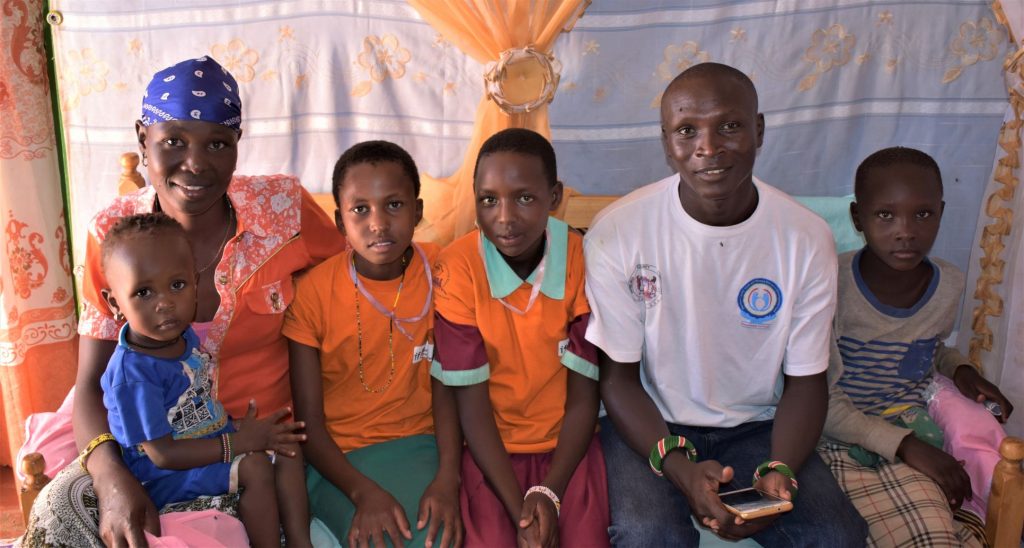
When we arrived at the house of Siirana Lokitari, her father was also waiting at the doorway with a glass of water. Siirana’s friend, Lucy Lelekong (of Ngilai village, a Samburu community) sat inside guzzling down a glass of water of her own. I happily downed the glass in a single gulp, paying little attention to the fact that the water had probably come from the river less than a kilometer away.
Mwalimu Boniface and I sat down with Siirana’s father, Evans, and began talking. Tired of the same questions, we started the conversation talking about English Football and whether Arsenal could do well this year. However, after a few minutes, the topic moved to CPI Kenya and the promise of peace that accompanies the organization. Evans mentioned that the friendship of his daughter had brought him back in contact with his own childhood friend from grade-school. Looking at Lucy, Siirana’s friend, he proclaimed, “when my daughter informed of her new friend from Ngilai, I asked for the name… When I heard the last name, I knew that Lucy is the younger sister of my best friend from Baragoi Boys Secondary School!” With excitement in his eyes, he pointed towards his phone and told me that he now had the phone number of his long-lost friend.
While the conflict in Baragoi, and by effect Nachola, seems to be a curse with no clear rationale or purpose, there appears to be a clear antidote: Friendship. With children leading the way, communities feel more empowered to pursue reconciliation. Essentially, Children Peace Initiative Kenya’s program in Baragoi stands a chance because of the power of childhood friendship in helping us remember a more innocent past.
To support the communities pursuing a peaceful and prosperous future, please visit the Children Peace Initiative Kenya website and donate to the ongoing Zivik supported program in Baragoi.
Posted By Benjamin Johnson (Kenya)
Posted Aug 22nd, 2019

